Pamukkale - Ephesus
Dream Of Every Emperor’s Place
Contact a Specialist
Have questions or couldn’t find what you’re looking for? Write to us to get support from our experts and find answers to your questions…
Ephesus & House of Virgin Mary
Explore the best preserved marble ruins of the ancient capital of Roman Asia, with its 25,000 seat great theatre. Ephesus is the second largest ancient city of the world. A city where over 200,000 people lived over 3000 years ago.
Ephesus, once the most important commercial centre of western Anatolia, was established as a port on the mouth of the river Cayster. Being located on a strategic trade route in Anatolia, Ephesus quickly became one of the most important cities in the world.
The city itself and the ruins are all on the side of a fertile valley. The extensive ruins including the theatre, library and gymnasium. Ephesus has been a “centre” throughout the ages. Once a trade centre of the ancient world, a religious centre of the early Christianity and today, a unique tourism centre.Ephesus is one of the most well preserved ancient cities in the world and a highlight of any visit to Türkiye.
On this day, you will visit The Temple of Artemis, which was once one of the Seven Wonders of the ancient world. It has been built in the area of Ephesus, which has over the centuries turned into swamps. Today one can only see the ruins of the foundations of this incredible construction of the Hellenistic Age, entirely made of marble and full of sculptured columns capitals and shafts.Some of the most beautiful remaining parts of this temple are today exhibited in the London British Museum. The oldest remaining relics date back to the 6th century BC, when it was surrounded by 36 huge columns, later enlarged upon the orders of the Lydian King, Kreisos, during the 6th century BC. Most of the exhibits in the London British Museum belong to this period.
Contact a Specialist
Have questions or couldn’t find what you’re looking for? Write to us to get support from our experts and find answers to your questions…
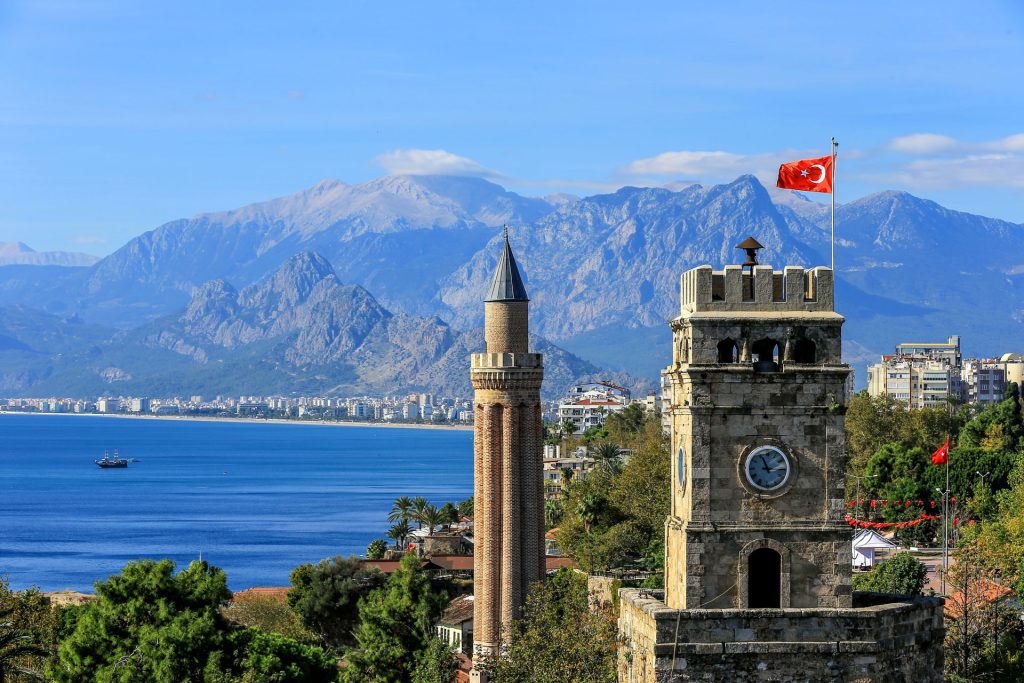
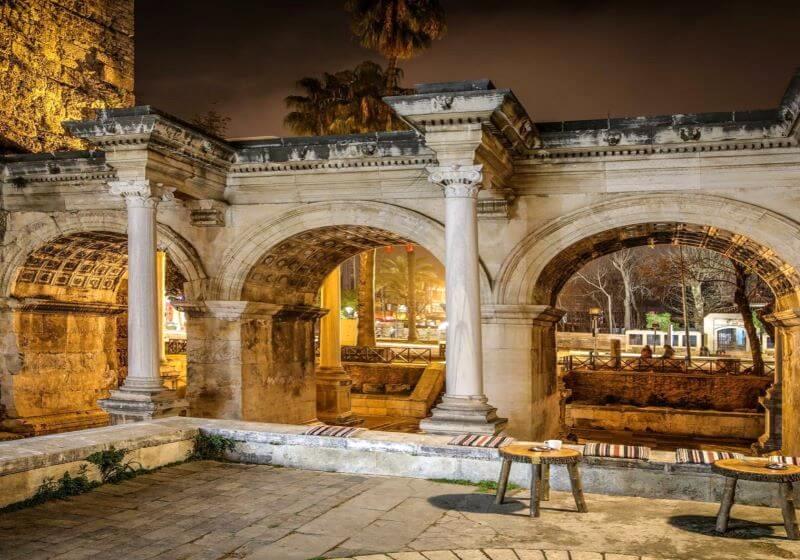
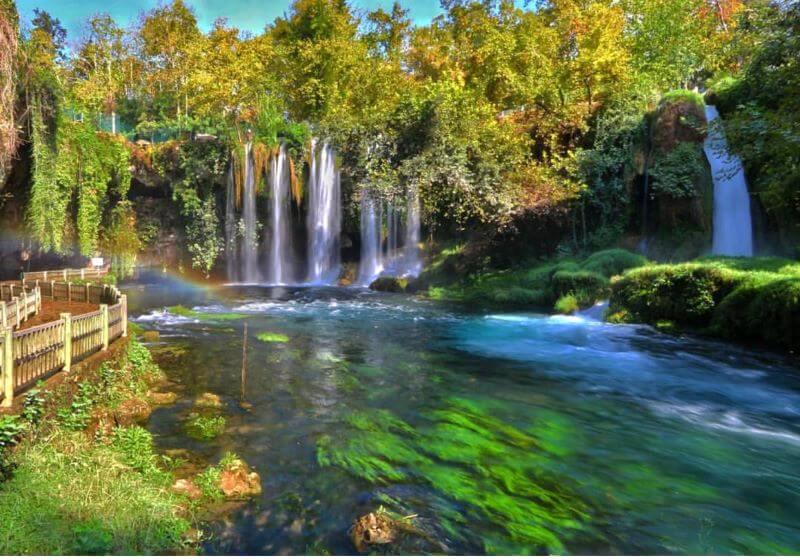
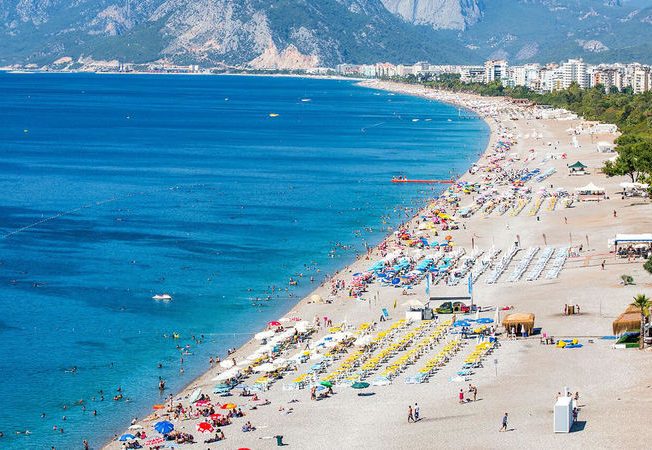
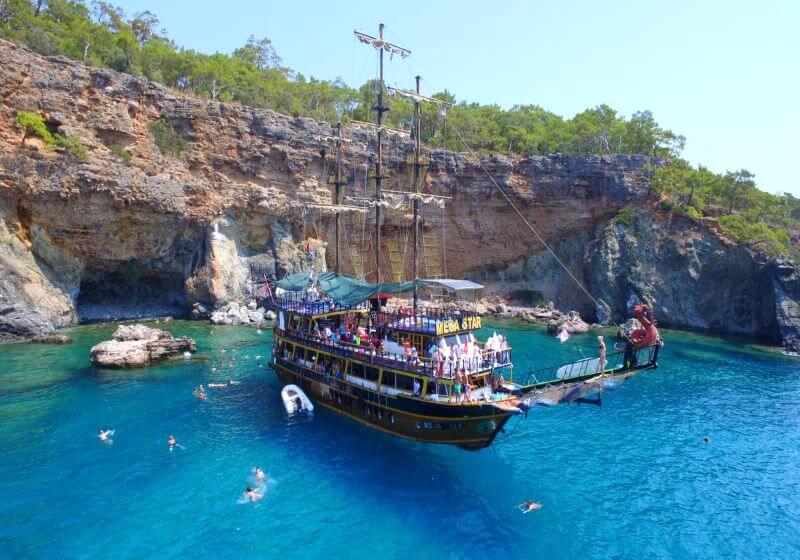
Then you will visit the world famous ancient Greco-Roman City of Ephesus. After visiting this impressive sight, you will have a lunch break. After lunch, you will visit The House of Virgin Mary, which is a popular place of pilgrimage for Catholics, where it is believed Virgin Mary spent the remainder of her life. Located on top of Bulbul Mountain, it offers visitors a panoramic view over the town.This is a holy place for both Christians and Muslims.





Pamukkale
This day tour from Selcuk/ Kusadasi to beautiful Pamukkale is the perfect way to include yet another spectacular destination to your holiday in Türkiye. Pamukkale, also known as the “Cotton Castle” is filled with natural beauty.
On this exciting day tour from Selcuk/Kusadasi, visitors will experience the history and natural beauty of Pamukkale.
The perfect white travertine terraces of Pamukkale have this magnificent color due to the sedimentary rock deposited by water from the hot springs. There are 17 water hot springs in this area and the temperature range from 35 to 100 degrees Celsius. You will then continue on to the ancient city of Hierapolis which is famous for healing thermal and mineral baths. Finally, you will pay visits to the magnificently preserved Necropolis, the Devil’s Hole, the thermal baths, and the masterpiece theater.
If you would like to swim in the ancient pool which is also called Cleopatra’s Pool, there is an extra entrance fee. Please remember to take sunscreen and a hat if you’re not fond of direct sunlight as there is minimal shade available in these areas.
Contact a Specialist
Have questions or couldn’t find what you’re looking for? Write to us to get support from our experts and find answers to your questions…
Priene Miletos Didyma
The Priene, Miletos & Didyma Tour is a day full of archaeological wonders. From ancient cities and Apollo’s Temple to beautiful old towns – you will be immersed in Turkish history and culture.
Itinerary
The first establishments in Priene goes back to 2000 BC. According to ancient documents, these first settlers were the Banians, who mixed with the Ionians. In the Archaic period, the city’s location may have been nearer to Miletos on the delta of the Buyuk Menderes (Meander) however later the city moved in the direction of the Mykale Mountains’ slope.
The name “Priene” is thought to have a pre-Greek origin, from when the Cretan islands, ”Praisos and Prianson” had relations with Priene. Even though Priene became one of the 12 members of the Ionian Confederation and participated in the “Ionian Rebellion”, Priene had been a Lydian dominion for several centuries.
Approx. 283 BC, a border quarrel arose between Priene and the Greek Island Samos. It was only solved one century later when both parties accepted to become Roman vassals. As a result, Priene was under the control of the Bergamian King, Attalos II, who was to return the city to the Romans after his death.Due to endless wars and the alluviums invading the city, Priene was worn out and abandoned completely in the XIIIth century AD.
Miletos is one of the oldest cities of Ionia, located north of Soke, about 60 km away from Selcuk. The city was on the point where the Buyuk Menderes (“Meander”) flew into the Aegean Sea. Due to an increase in sedimentation, Miletos has several different harbours, which can still be seen today.
Miletos was also the home of many scientists and philosophers, such as Thales, Anaximander, Hekataios (principle source to Herodotos) and closer to us, Isidorus, the architect of Hagia Sophia in Istanbul. Miletos had its alphabet recognized by the Greek world as the official Greek alphabet, which became the basis of the current Latin alphabet.
In 200 BC, Miletos became the dominion of the Myceneans, this can be seen in the style of the ceramics in the houses and the city walls. During the Roman Empire, it became an independent city and later a bishopric during early Christian times. During the Byzantine period Miletos was called “Ania”. As of that time, due to geographic and climatic changes, the city completely lost its importance and was to be abandoned.
The most important monuments to be seen at Miletos are: the Bath of Faustina, the Delphinion (small temple dedicated to Apollo Delphinion, protector of ships and harbours) and the amphitheatre.
As a logical continuation, after Priene and Miletos, one goes to Didyma, a famous temple for its oracles. This temple dedicated to Apollo, was the richest and biggest of the Ionian temples on Anatolian soil. It was to cover such a vast area, that its construction lasted more than 150-200 years and yet it was planned to be without a ceiling.
Again after the “Ionian Rebellion”, it was Alexander the Great who ordered its restoration. On the ruins of the 6th century BC temple, a church was built during the Byzantine period. Though what you see of the church today are of pre-Christian age.
The temple was famous all over the Greek world for its oracles, so much so, that it even surpassed the reputation of Delphi. As a result the harbour of Panamos near Didyma became very busy and was visited by lots of commanders, ordinary and respected people, they wanted to learn their future from the priests of the temple.
After the Lade War, many of the priests had to escape from the temple or were killed by Alexander the Great and again the temple of Didyma became an unimportant temple until the Roman times.
Contact a Specialist
Have questions or couldn’t find what you’re looking for? Write to us to get support from our experts and find answers to your questions…










Scuba Diving
Take a break from days full of sightseeing and experience a dive in the clear blue waters of the Aegean Sea. Snorkeling and diving for all levels is available and is the perfect way to experience the underwater beauty that can be found in this part of the Turkish coast.
We offer a huge range of diving and snorkeling options to cater for all. From the least experienced novice to the professional diver, we can find an excursion or course that will suit you.
If you are already an experienced diver, you may also like to try one of the non-standard outings such as night diving, wreck diving, or learn how to successfully take photographs underwater.
Contact a Specialist
Have questions or couldn’t find what you’re looking for? Write to us to get support from our experts and find answers to your questions…
